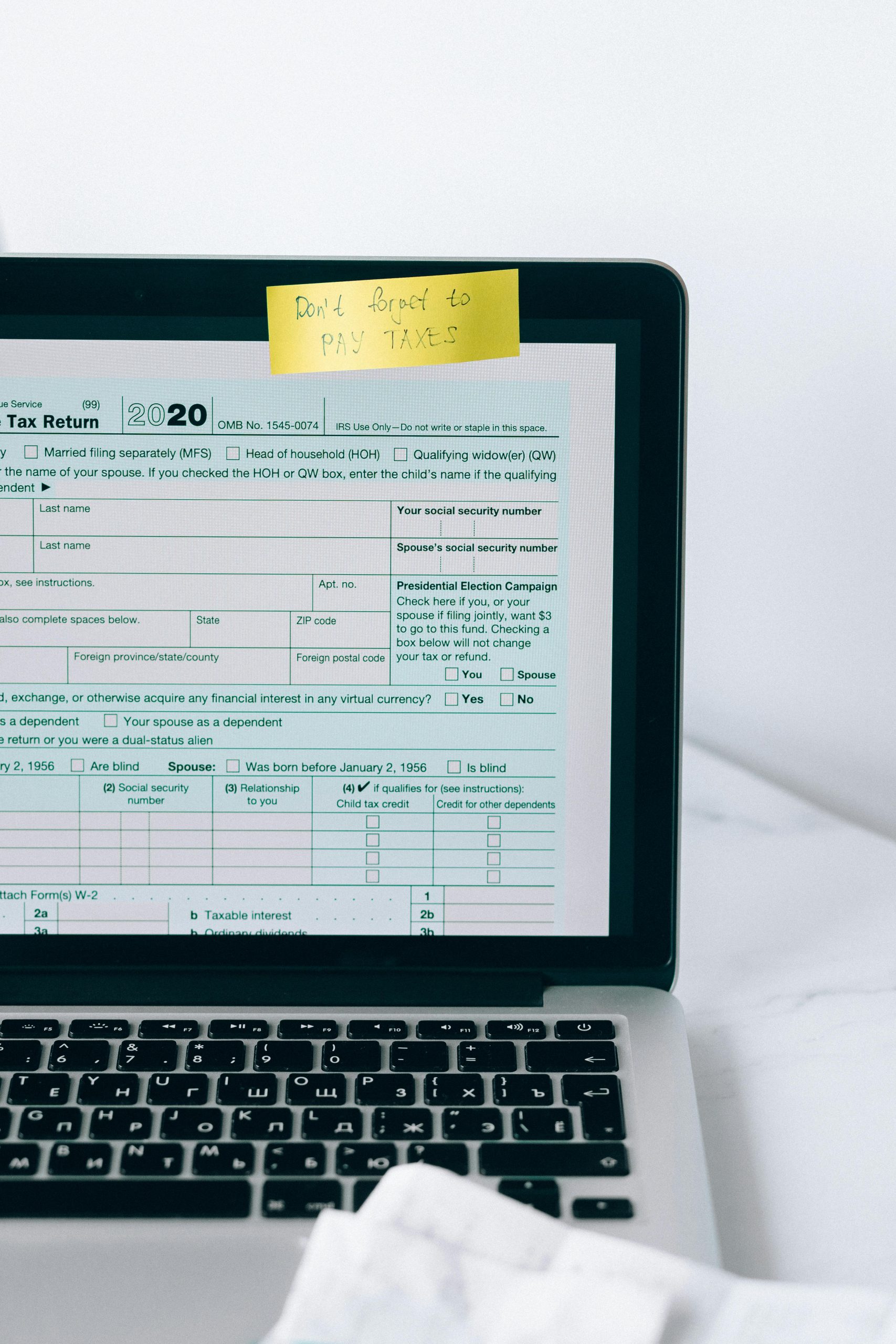Unveiling a Disturbing Reality: The Government’s Patent on Mind Tracking Technology
In 2006, a patent was filed in the United States for a startling technology designed to monitor brain activity, evaluate environmental conditions, and relay that information to another system or individual. This patent, designated as U.S. Patent No. 9,101,279 B2, was officially approved in 2015, transforming speculative technology into a publicly recognized reality.
You can review the patent details here: View the Official Patent Document.
Understanding the Patent
The patent delineates a system with four major functionalities:
- Recording Brain Activity: This system is capable of capturing electrical signals and neural responses.
- Surrounding Data Collection: It gathers comprehensive data about the environment, including audio, visual inputs, temperature, location, and movement.
- Mental and Environmental Correlation: By linking brain activity with external data, it seeks to comprehend how individuals respond mentally and emotionally to their surroundings.
- Transmission of Mental States: It can send information about an individual’s emotional and mental condition to biological or mechanical systems.
Directly quoted from the patent, the aim is to “enhance the being’s thoughts and memory” and to “correlate internal and external signatures into a historical relational database.” Notably, this patent did not originate from a defense agency or a leading tech firm; it was developed in Leavenworth, Kansas—an origin that invites deeper consideration of the implications.
Was This Technology Ready in 2006 or 2015?
While the technology wasn’t fully realized at the time the patent was filed, it is evident that preparation was underway. By 2015, foundational technologies were emerging:
- EEG Headsets: Devices that read brainwaves were becoming commercially available.
- Smartphones: These gadgets were equipped to track visual, auditory, and locational data.
- AI Advancements: Models were being refined to detect and interpret patterns in data.
- Cloud Storage: Personal information was increasingly stored in the cloud, making it more accessible.
- Government Investment: There was growing interest in behavioral prediction from both government entities and private contractors.
Patents reflect intent rather than readiness, laying groundwork



